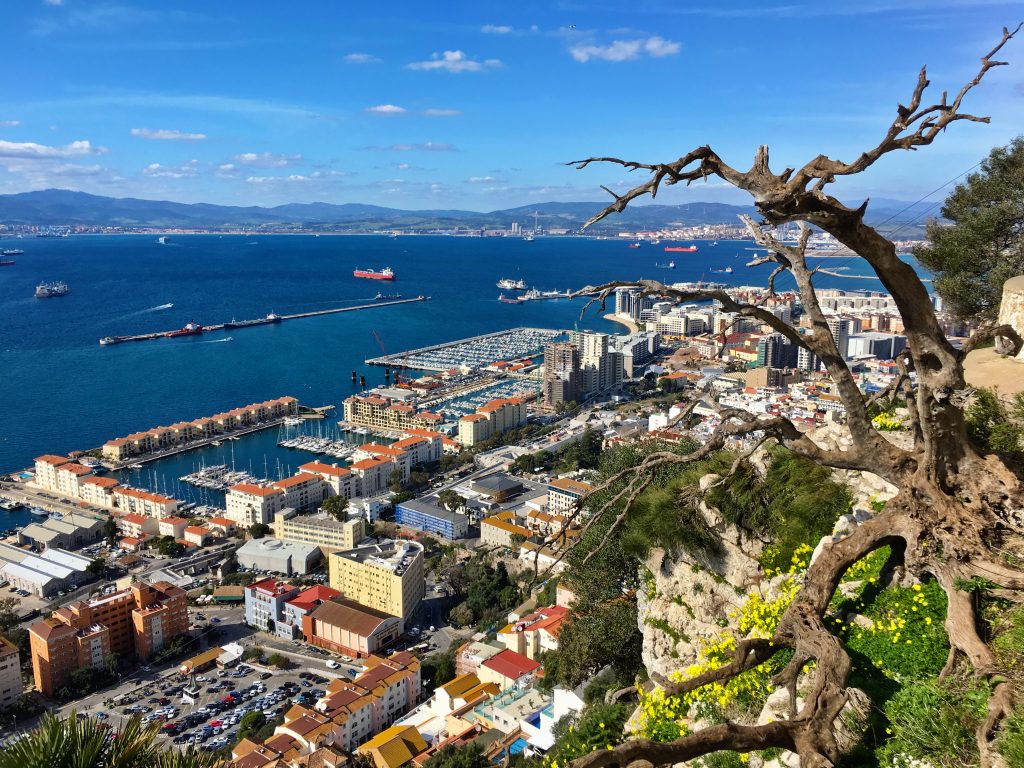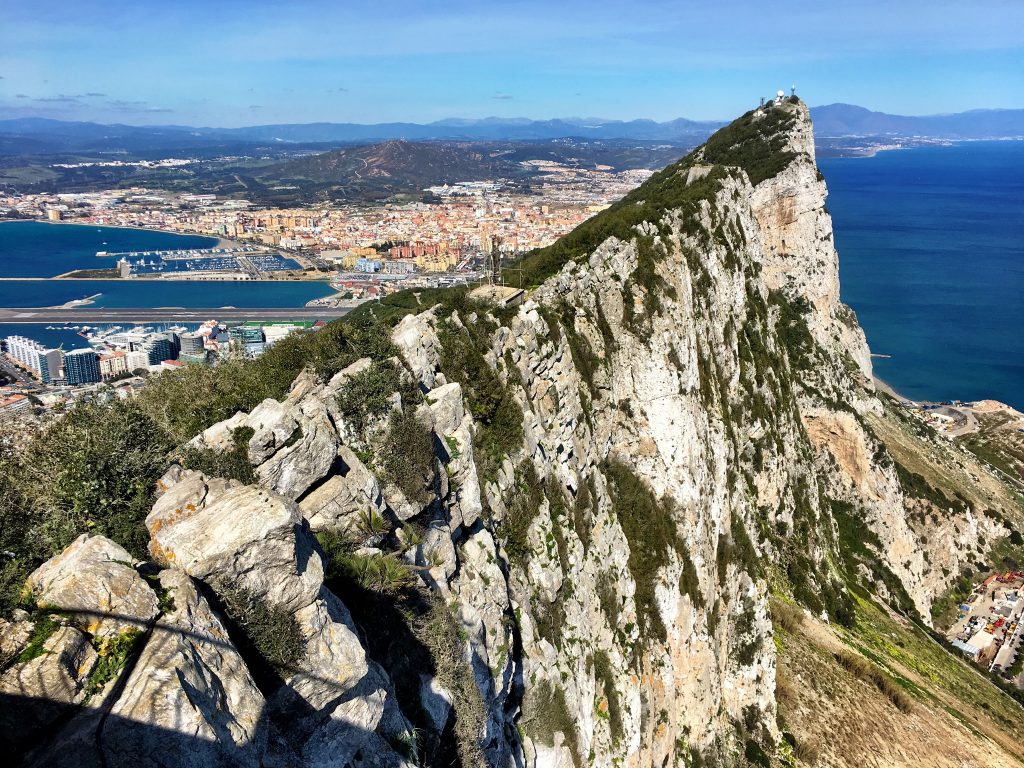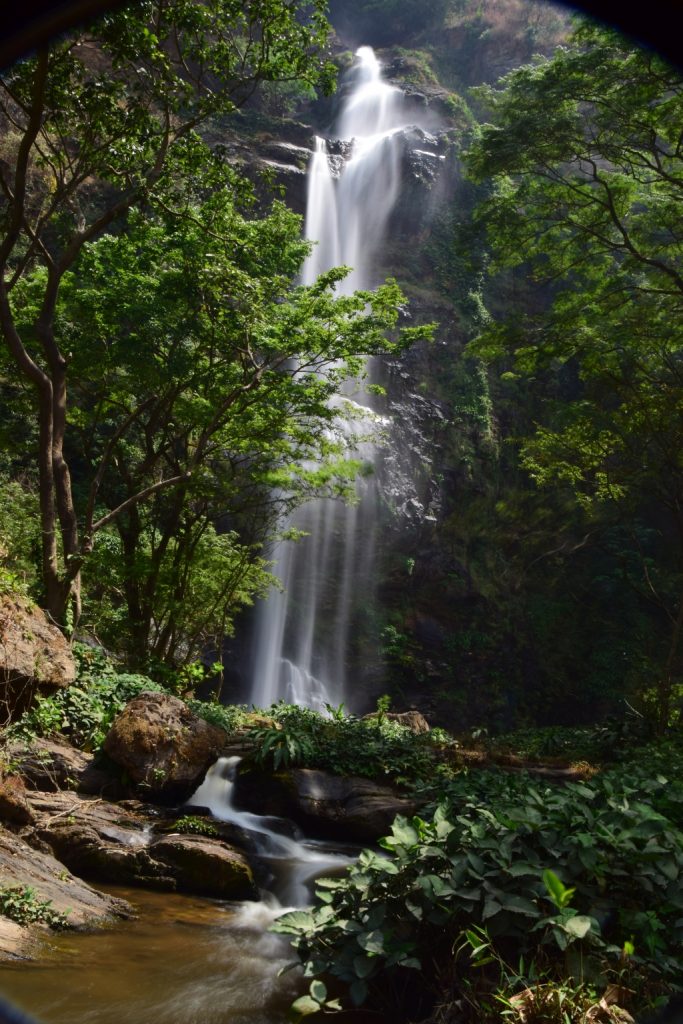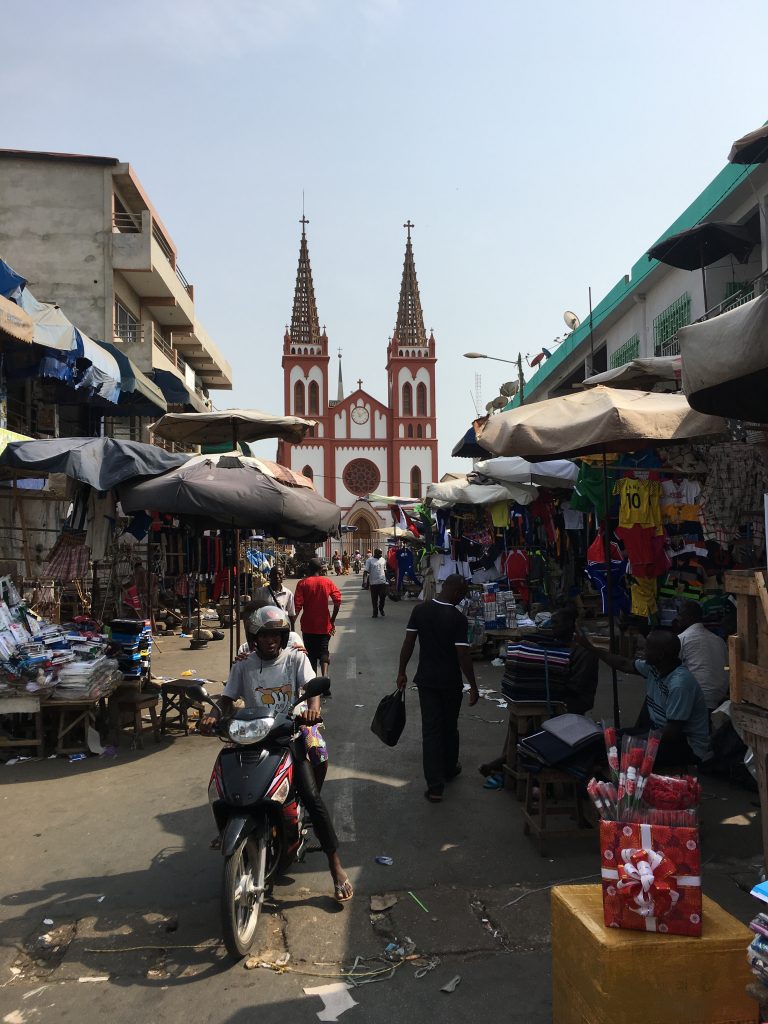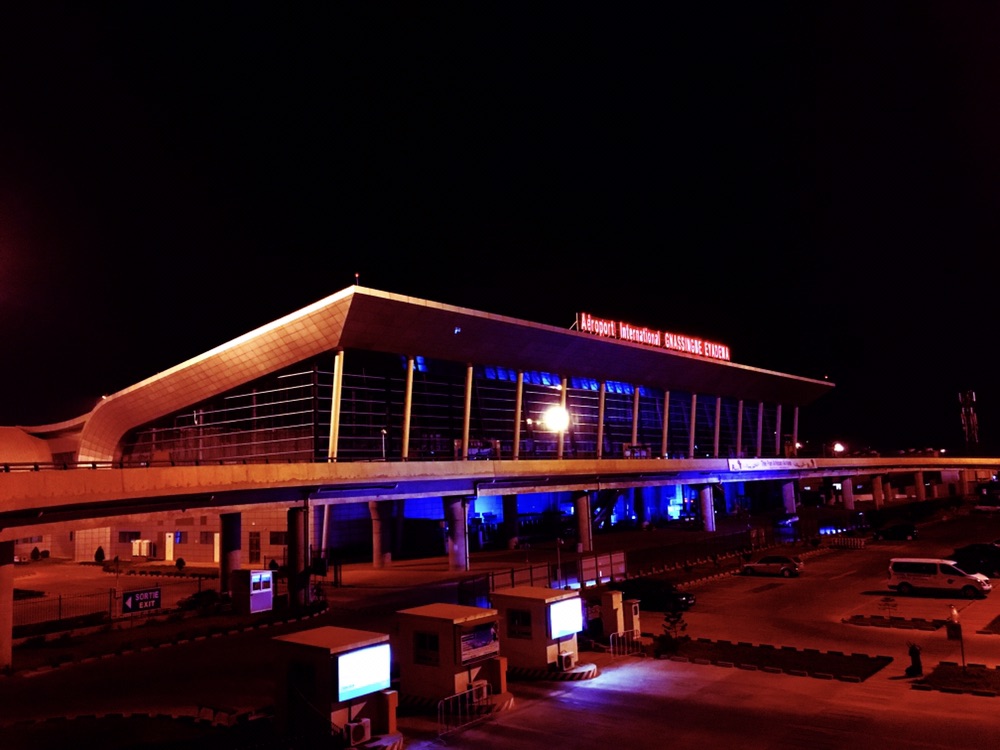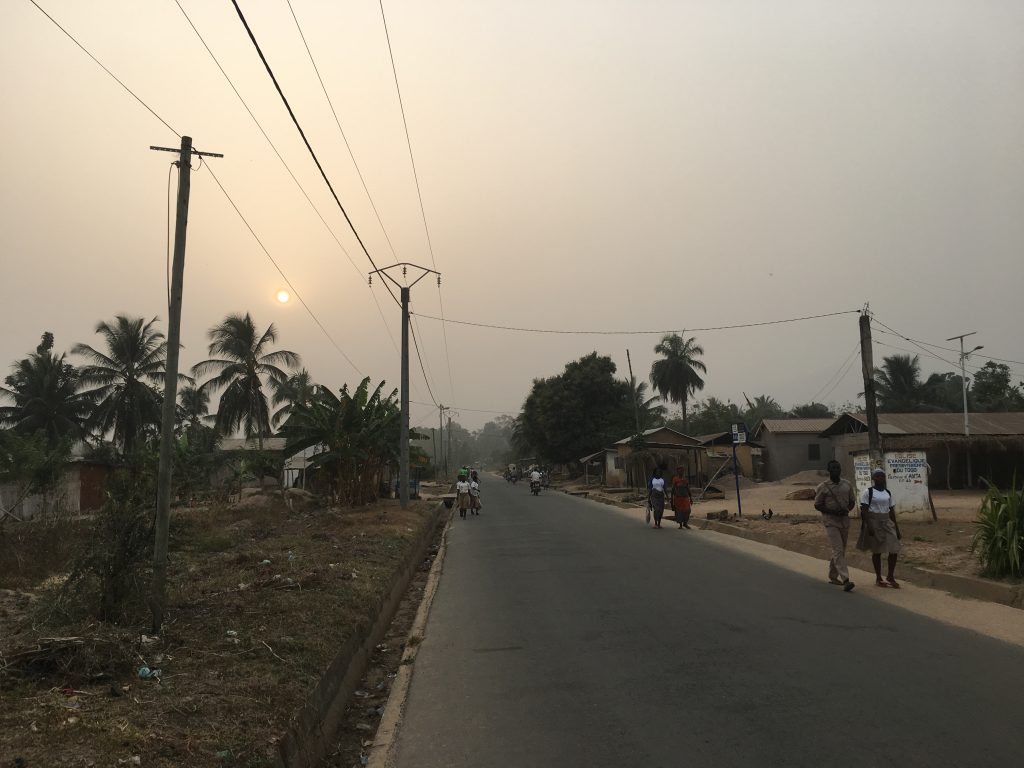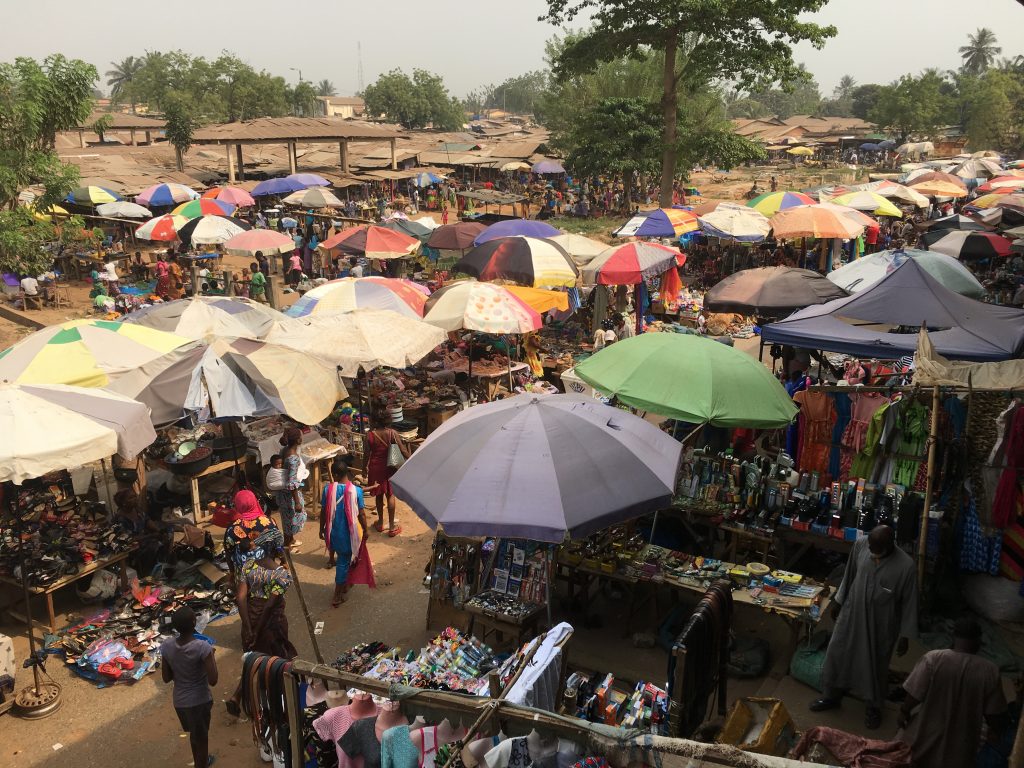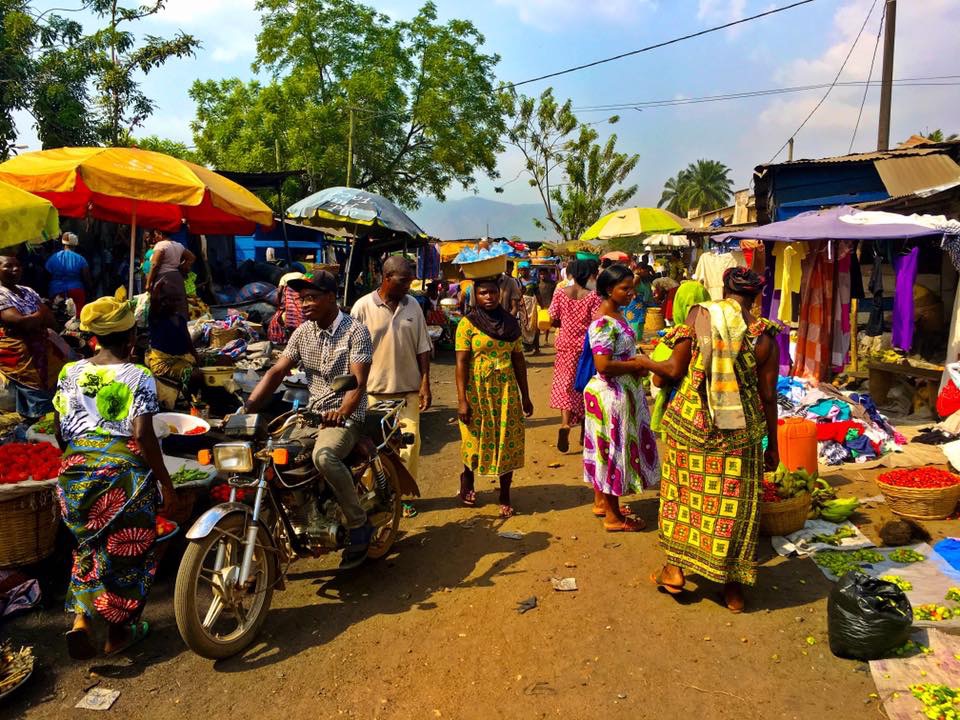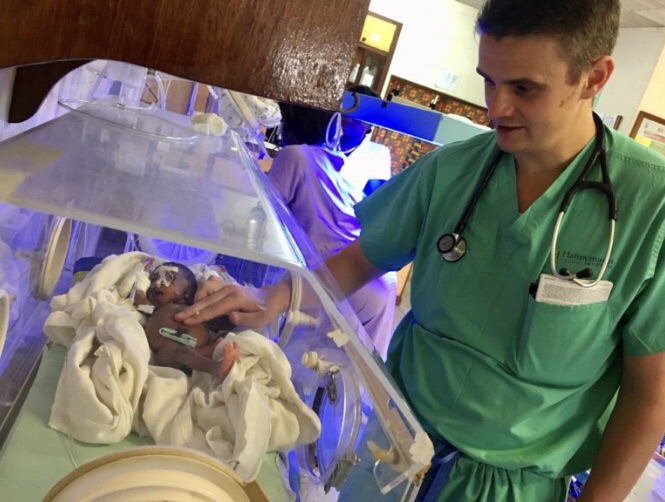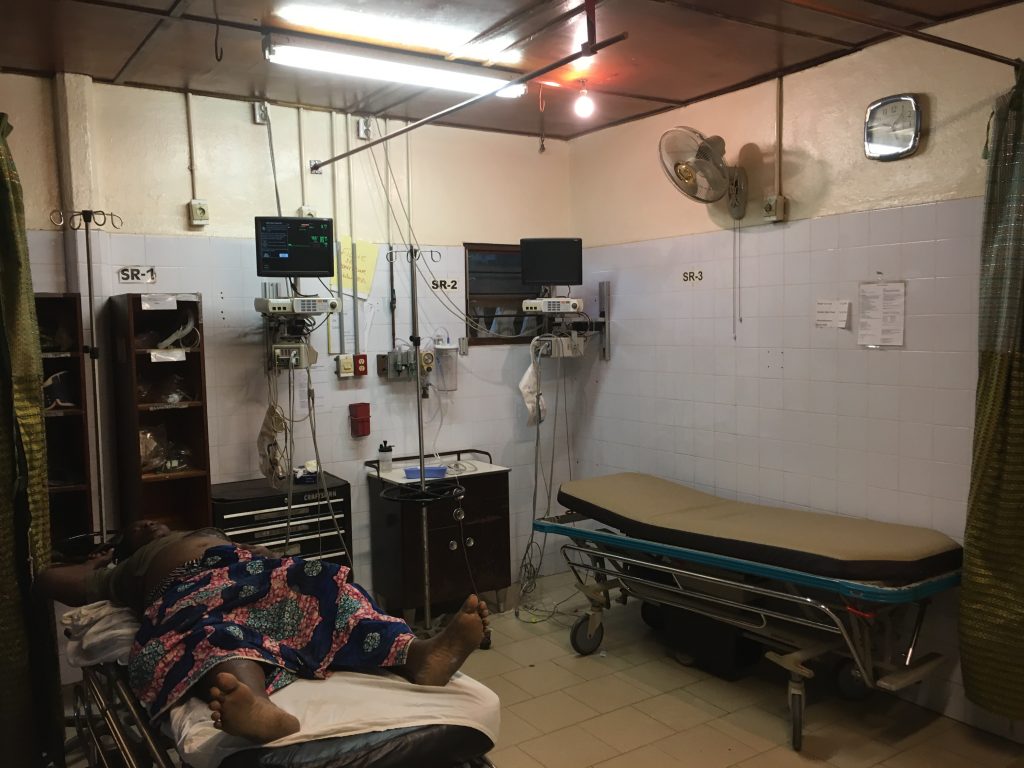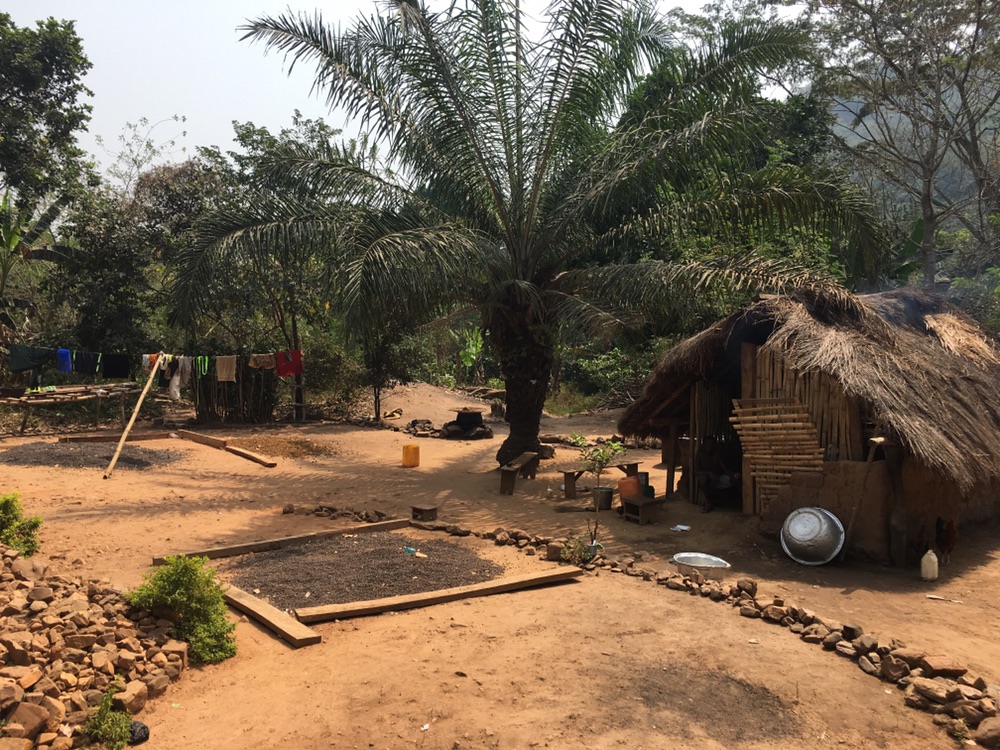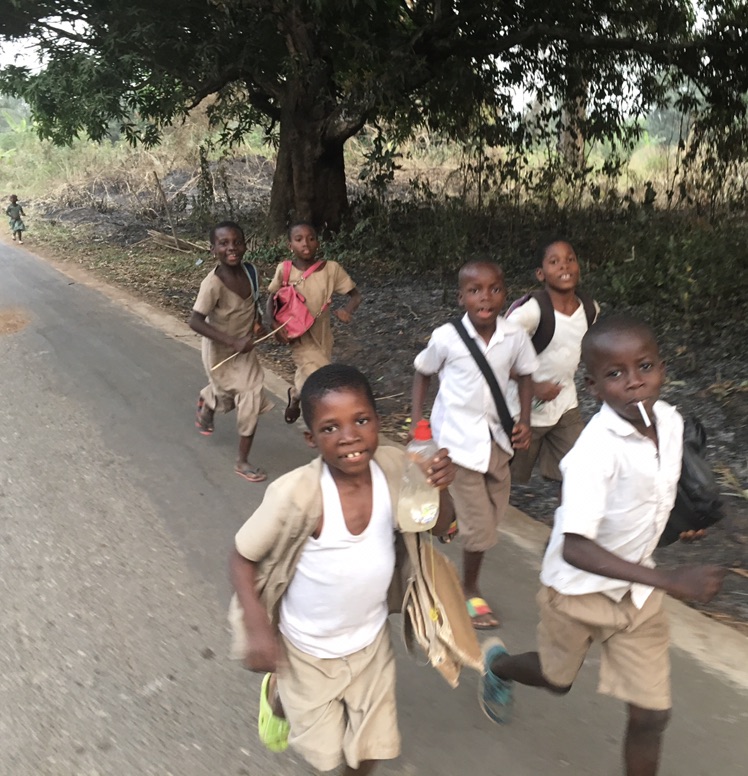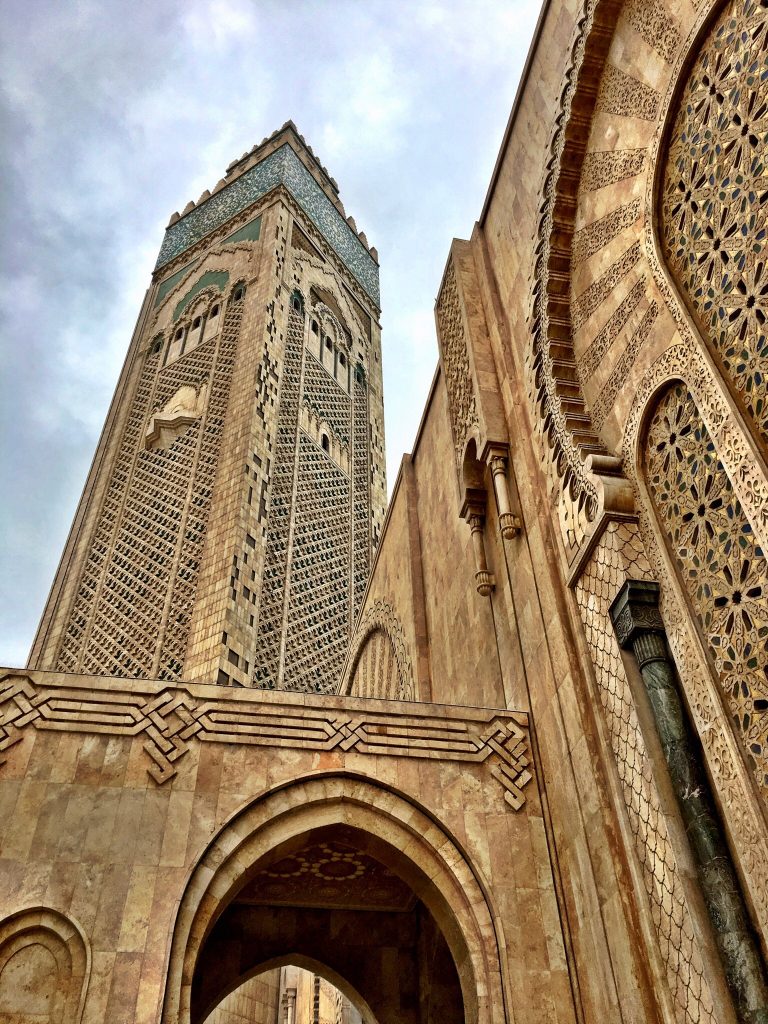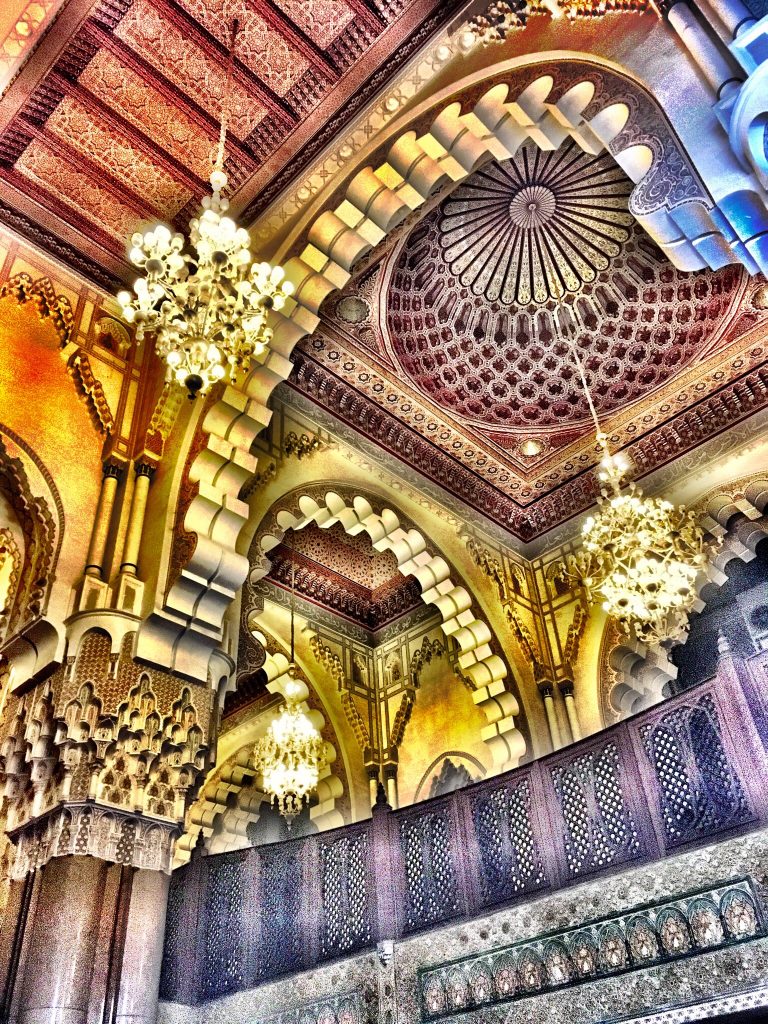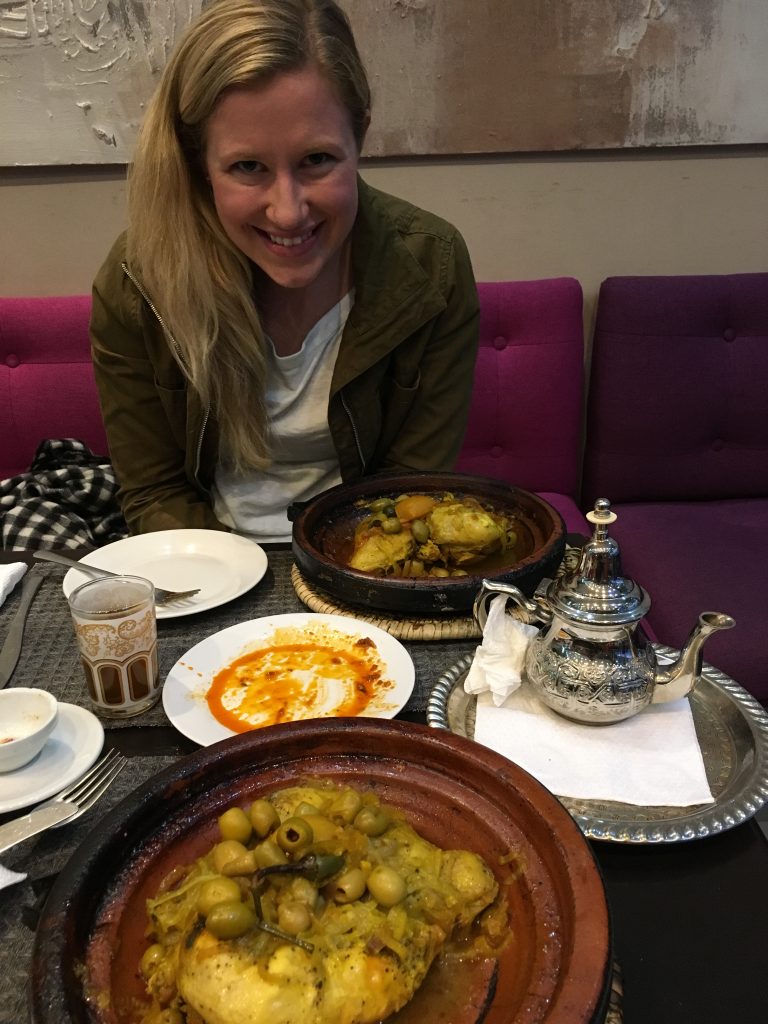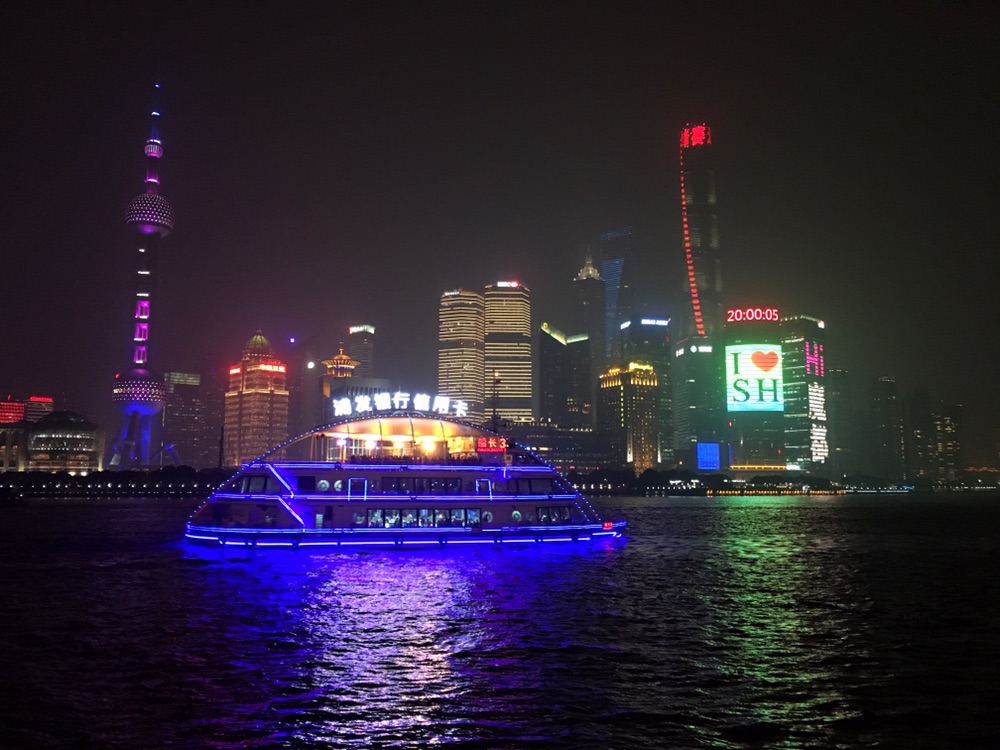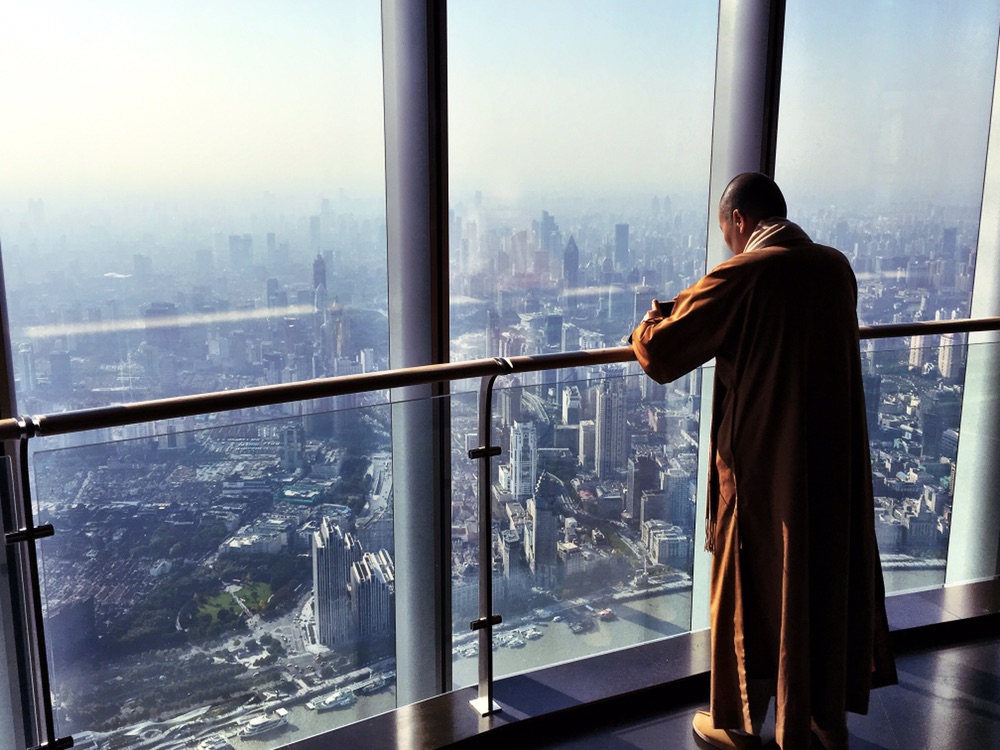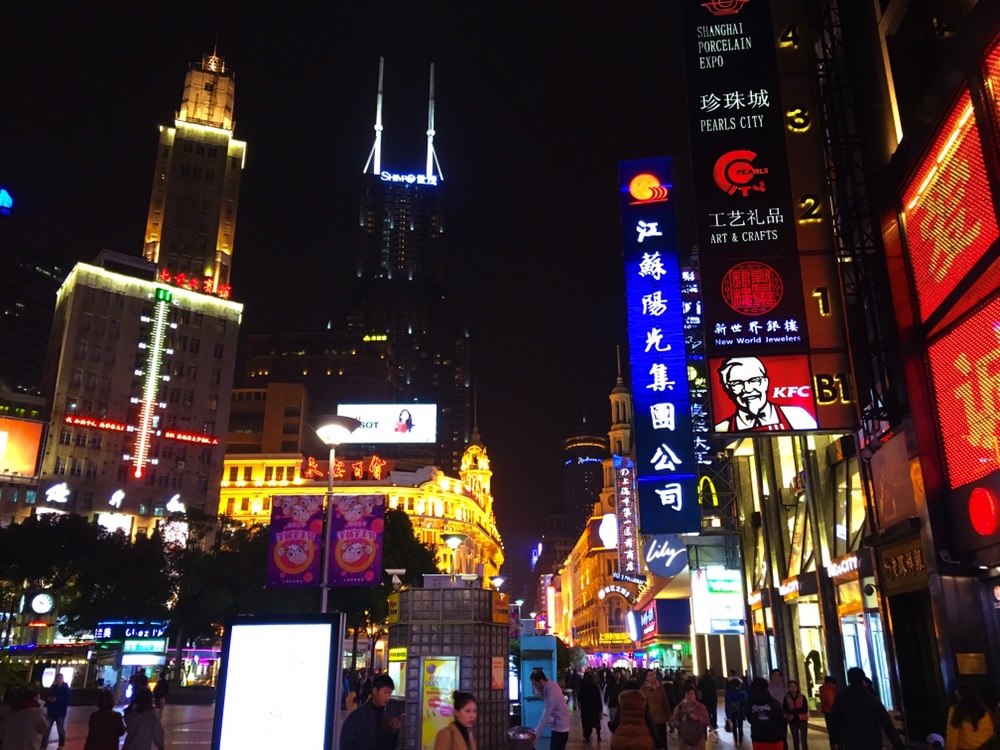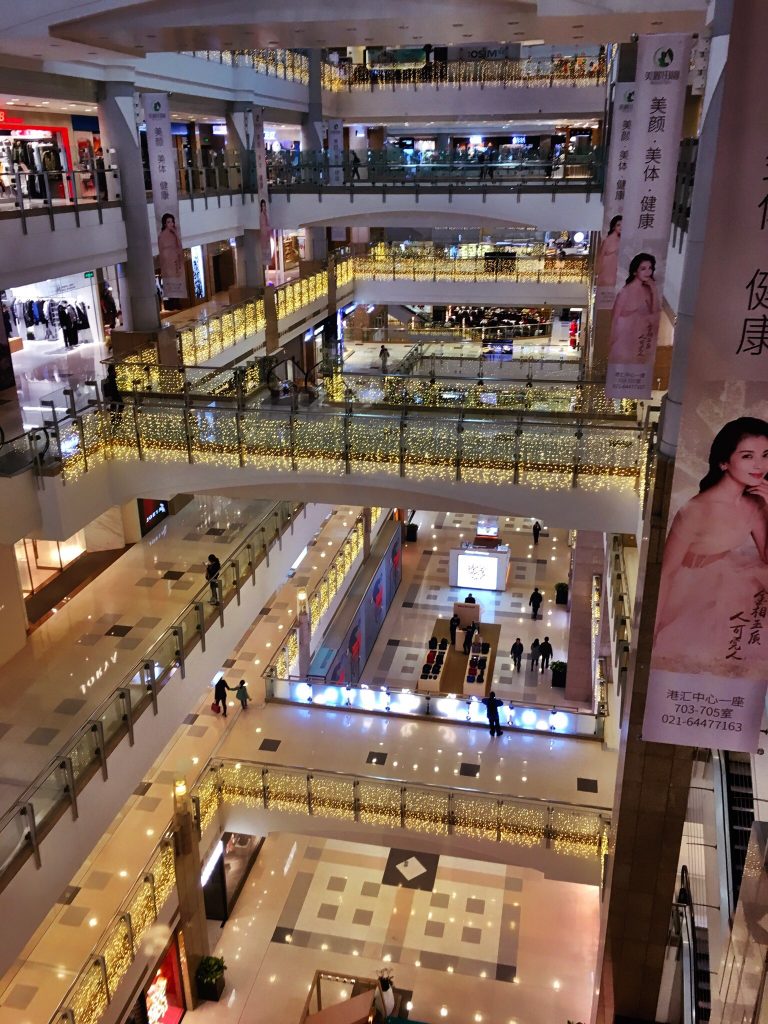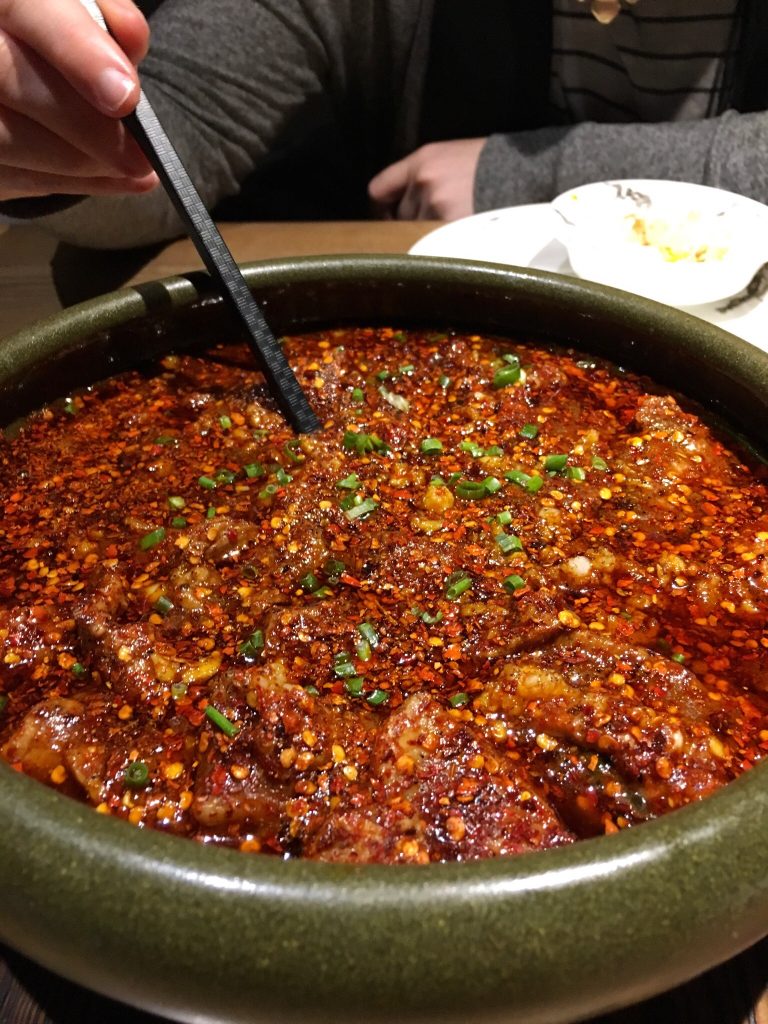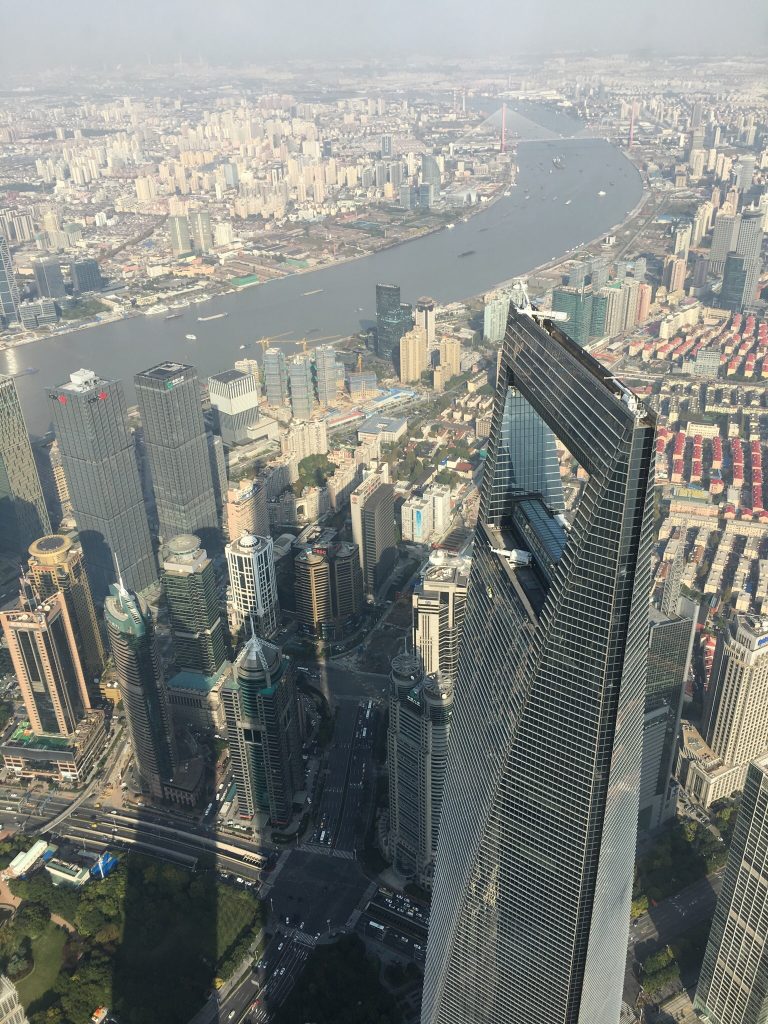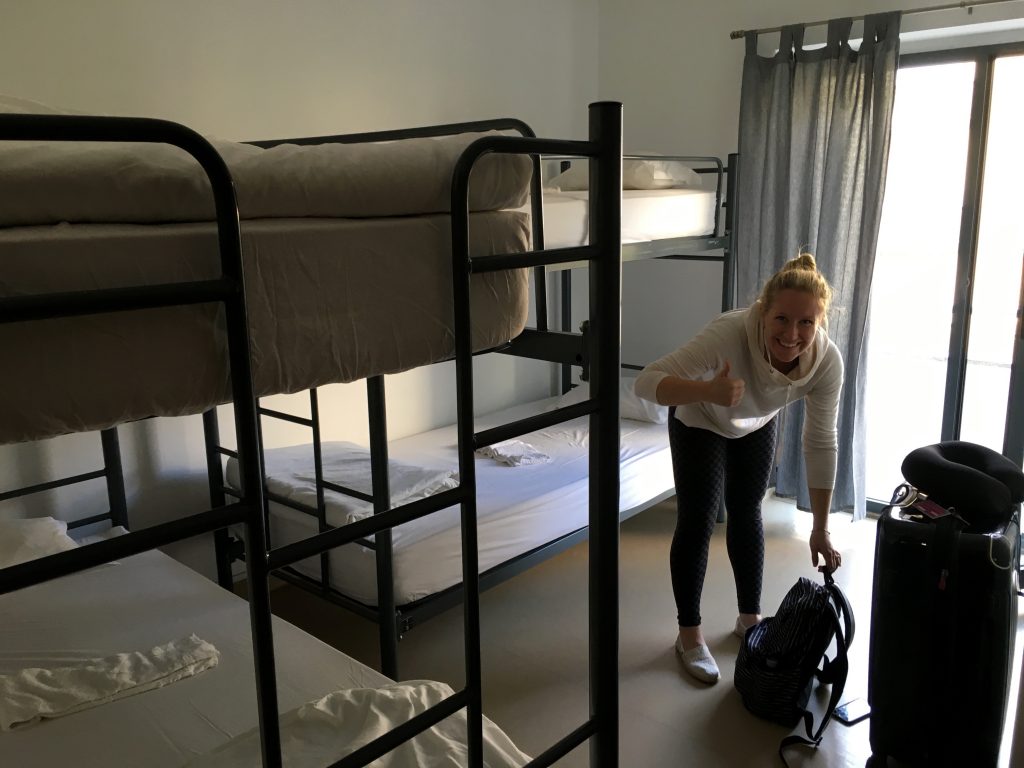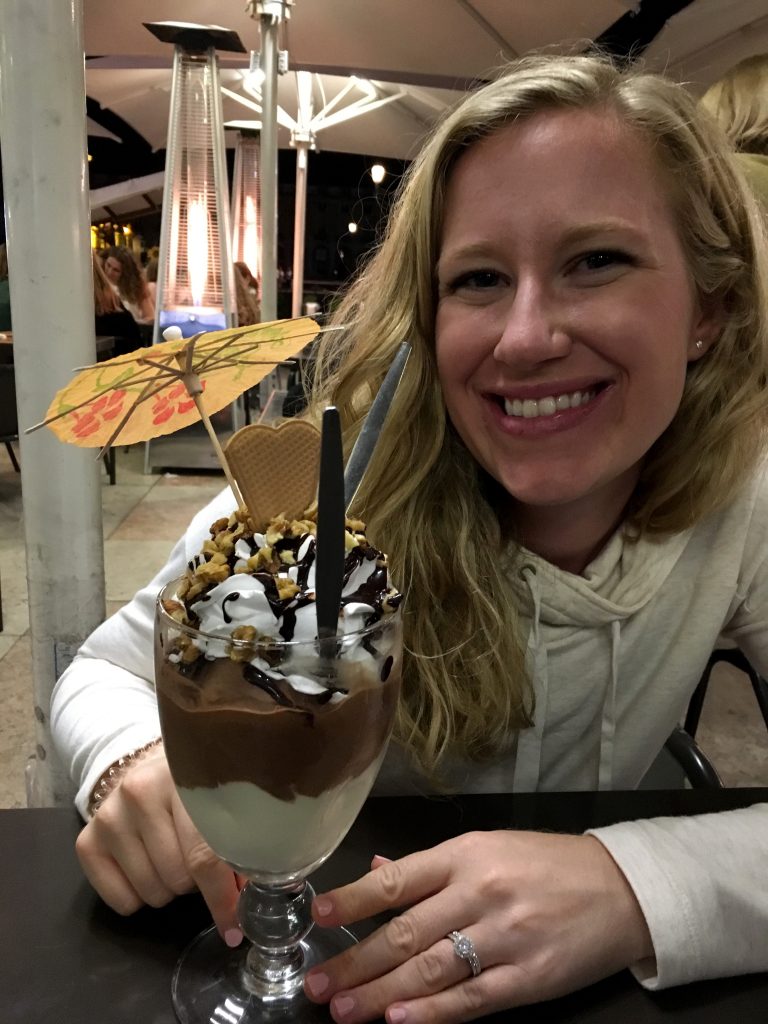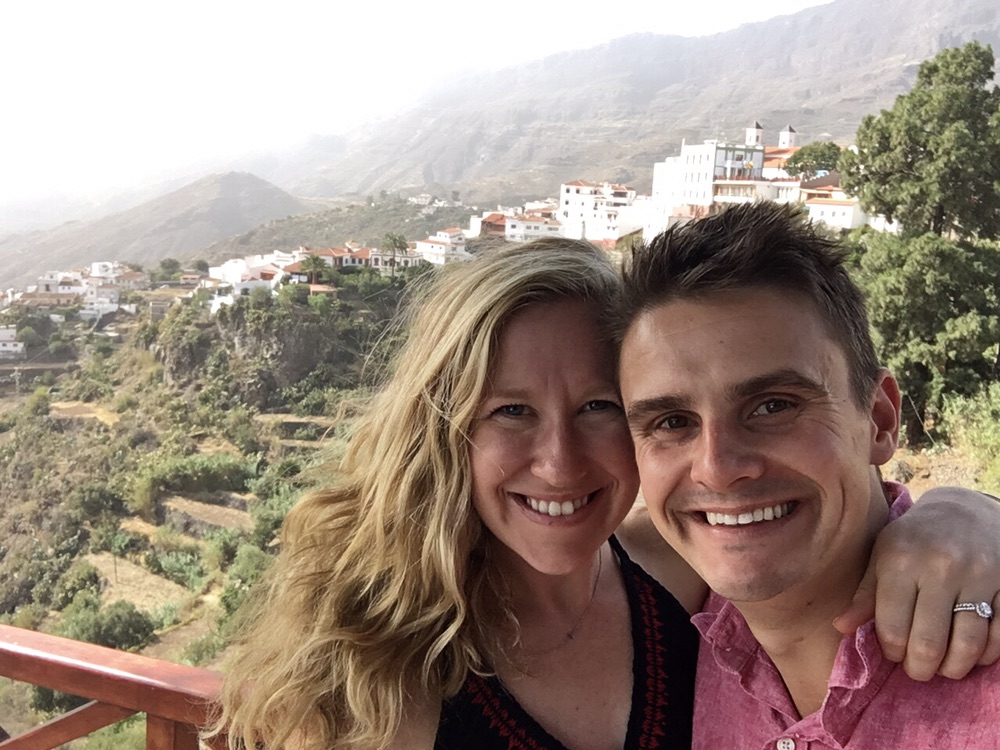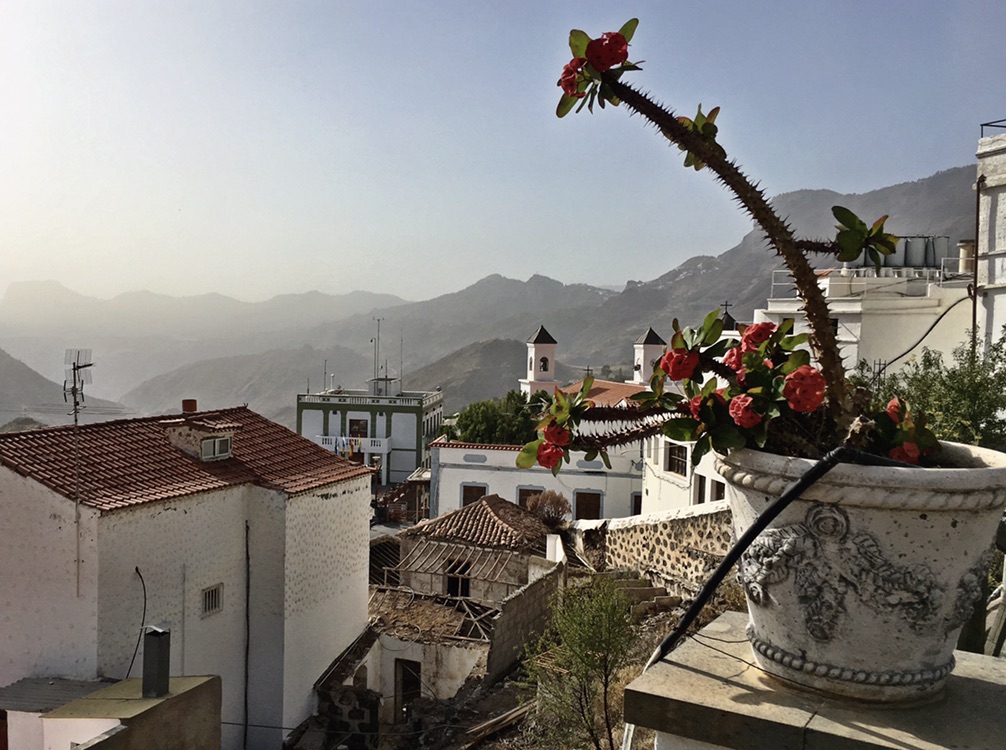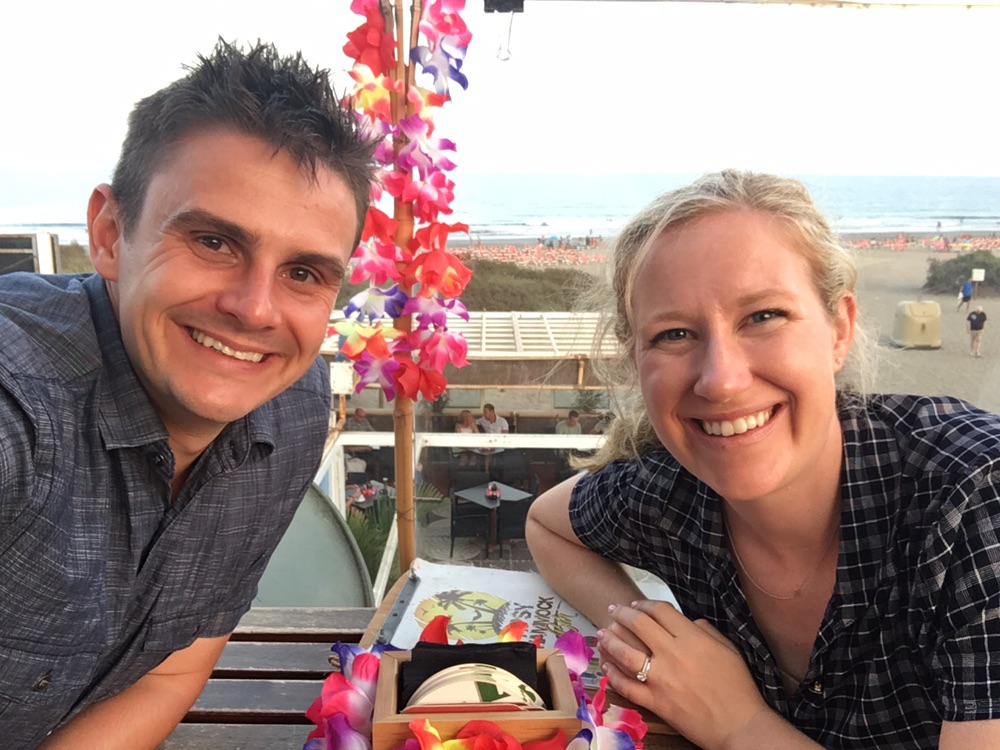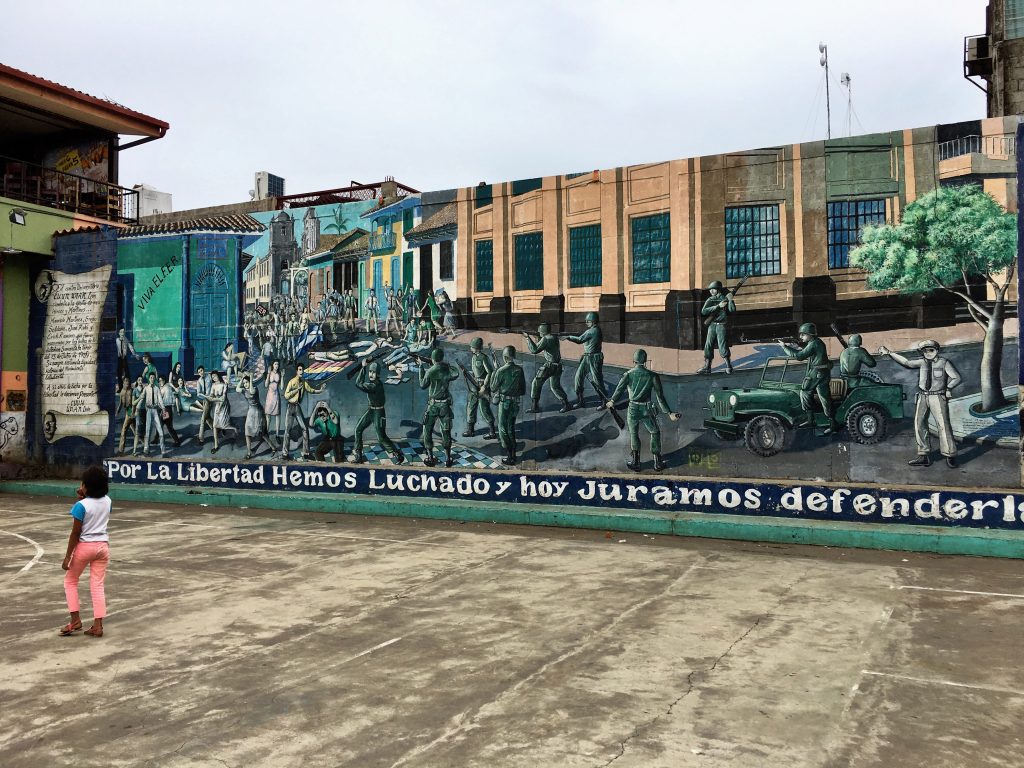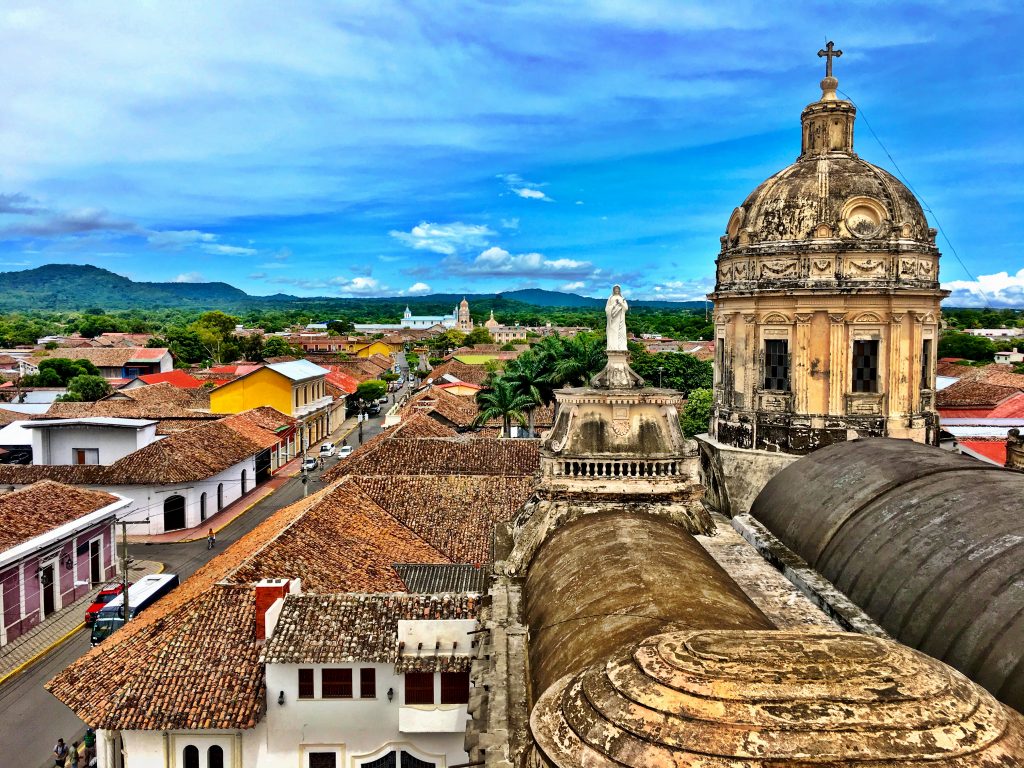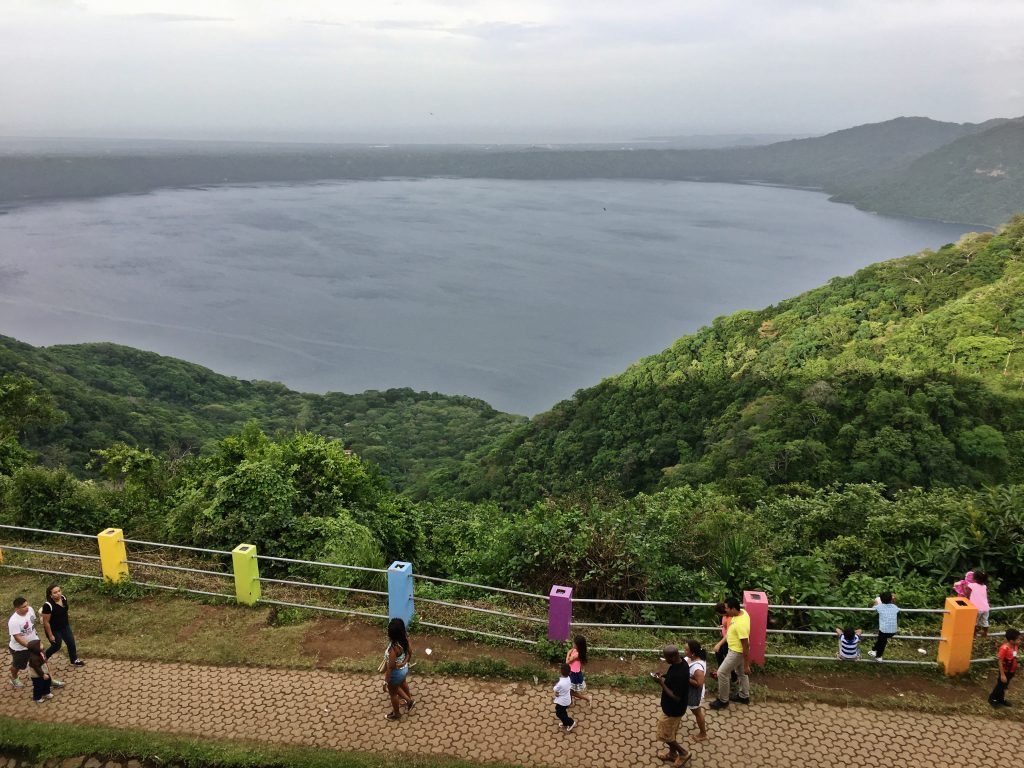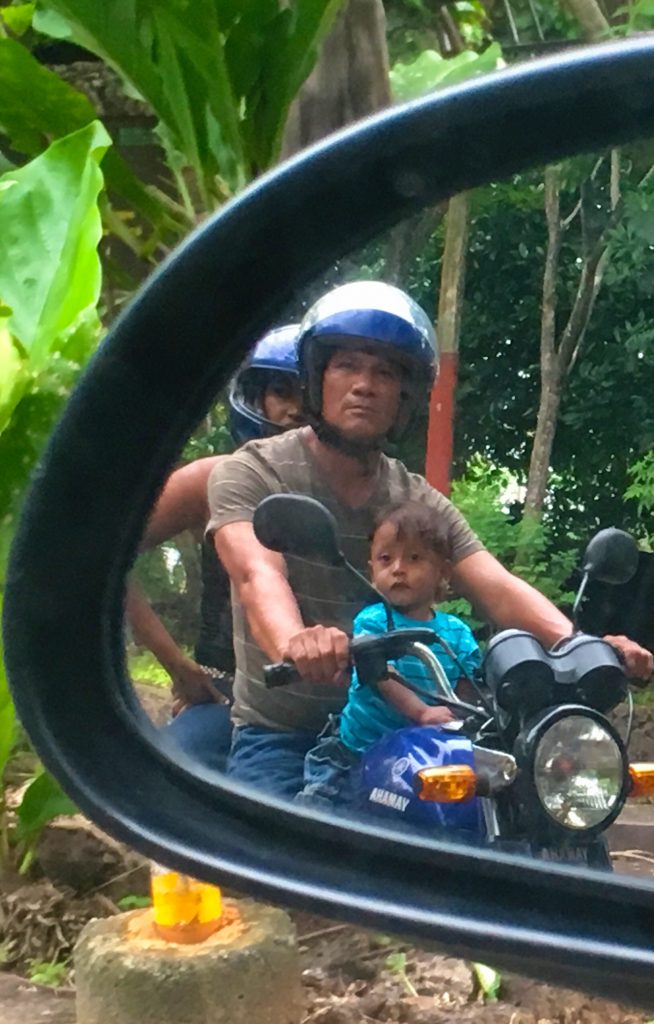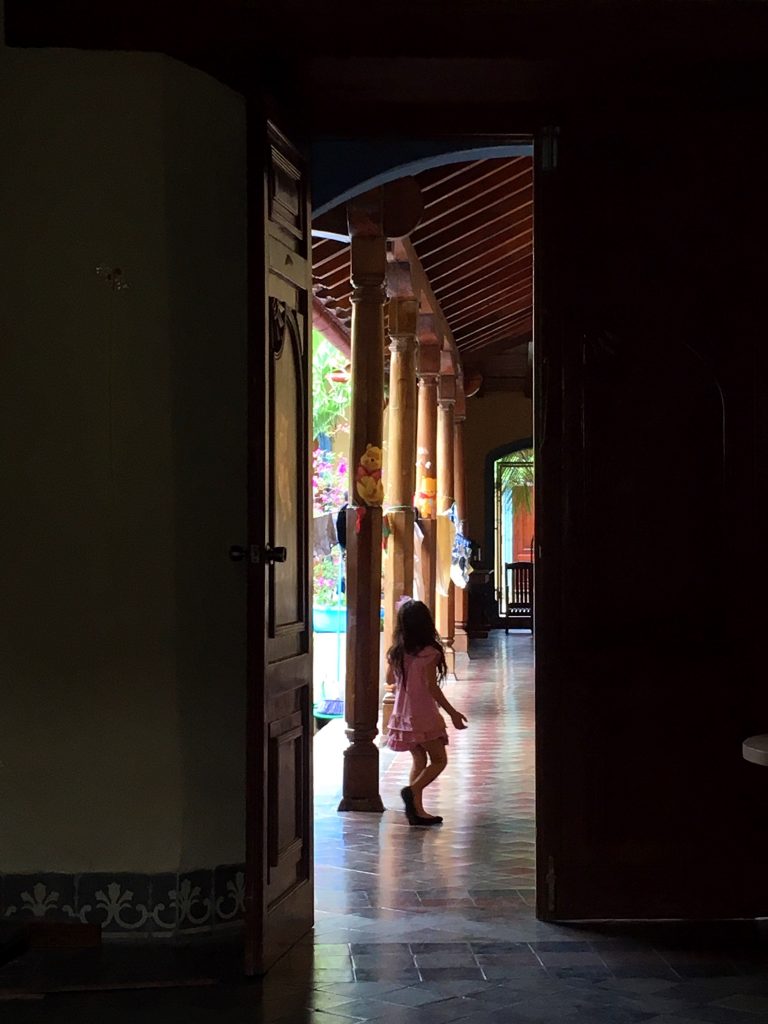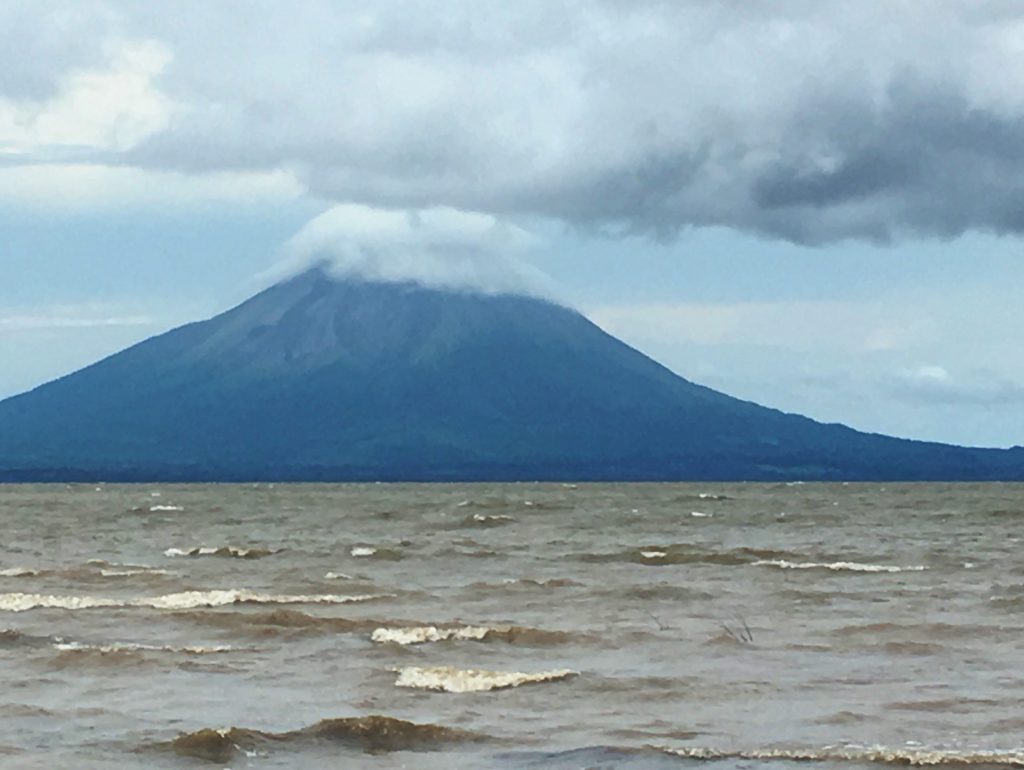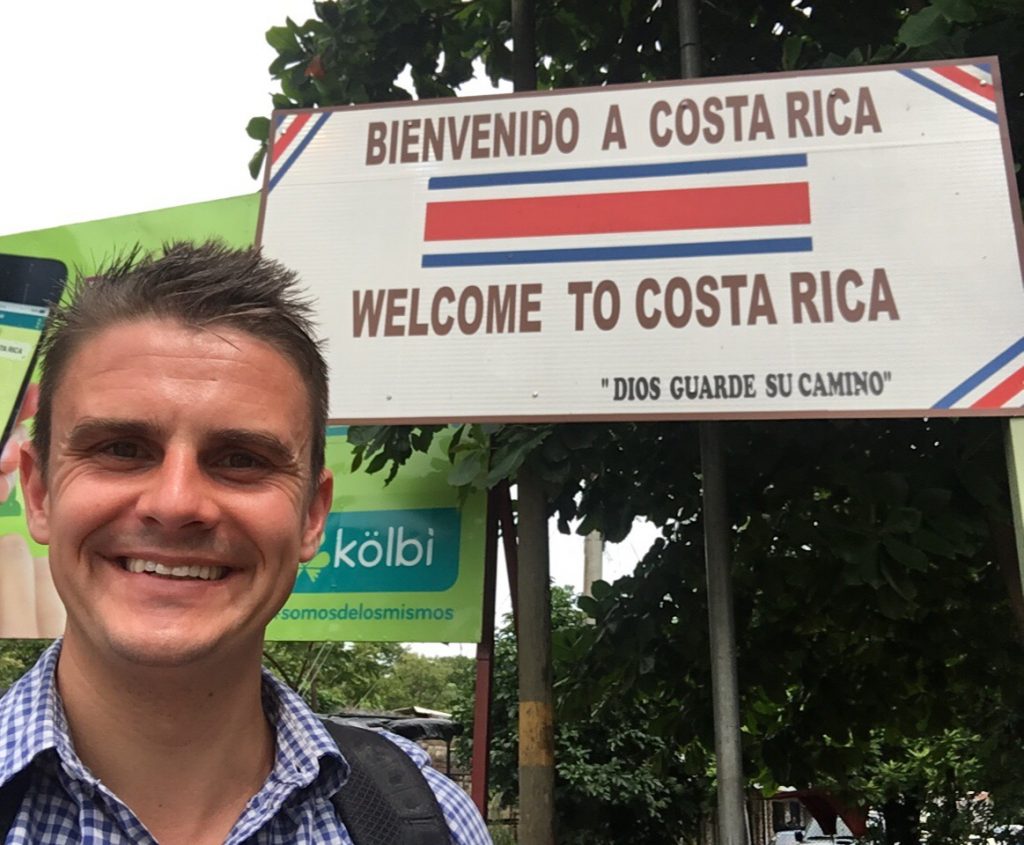
we had almost two weeks of vacation in morocco! we rented a tiny car, which was amazing. i really wanted to make it to gibraltar and ann needed to get some work done, so upon arriving, she took the train to marrakesh and i drove north to take the ferry to europe! morocco has a pretty impressive toll expressway system, so it actually only took a few hours to drive to a town called fnideq, at the northern tip of morocco. after spending the night there and finding a place to safely park the car, i made my way to the border of an enclave of spain in north africa called ceuta! it occupies a tiny peninsula of north africa, and is one of a few remaining enclaves of spain on the continent. spanish sovereignty over these areas is contested by morocco, so it remains a sore spot between the two countries. the other major enclave a few hundred kilometers to the east is called melilla. and interestingly, there is also a third small enclave between melilla and ceuta that is just one small island a few hundred meters square, which is permanently staffed by a contingent of the spanish military to protect it. the short border between morocco and ceuta is very heavily fortified with a huge wall, as many migrants have attempted to make it into the european union this way, often by rushing the border en masse. at the time of my crossing, there were thousands lined up on the moroccan side – i was told they were headed to europe for work. the city of ceuta is an interesting fusion of spanish and moroccan culture, and has a pretty substantial population of about 80,000. from there, i jumped on one of the frequent one hour long ferries to algericas, spain. for whatever reason, i love ferries! once in algericas, one walks to the downtown bus station and takes a 45 minute bus ride to la linea, which is one the border with gibraltar. by this time it was about noon.
approaching gibraltar is fascinating. spain gives way to british accents and very british things such as many posters advertising the territory’s upcoming open snooker tournament. gibraltar is perhaps even more proud of its british heritage than is the typical town in england, because it is so isolated and has a rich history. indeed, gibraltar has been british longer than america has been american. immediately upon crossing the border, one finds themselves walking on winston churchill avenue across the centre of the single runway of the peninsula’s international airport! signs advise to “walk fast” and watch out for landing aircraft, of which there are just a couple each day.

it takes about half an hour to walk into the pedestrianized centre, where i got a huge fried british breakfast of blood pudding and mashers and ten other fried things. i then took a cable car to the top of the rock. the view was spectacular, and there are famous barbary macaque monkeys up there! they are very tame and numerous. they were brought from africa at some point, and when they started to dwindle following world war II more were brought from africa to replenish their population. today they are not having any trouble with all the tourists feeding them. despite being basically just a huge rock with forest on one side and a cliff on the other, the rock of gibraltar has a fascinating amount of history. there is a massive cave of st. michael that is seemingly endless, and in which there is evidence of neolithic human habitation. there are massive stalagmites and stalactites which are quite impressive. there are also many kilometers of man-made tunnels, built for strategic protection of the rock in the 1700s and during world war II, many of which can be explored. the tunnels from the 1700s open out of numerous holes in the cliff face, where cannons were fired from. there was enough space in the tunnels to house and provide for up to 1600 men for one year. very fun to explore.
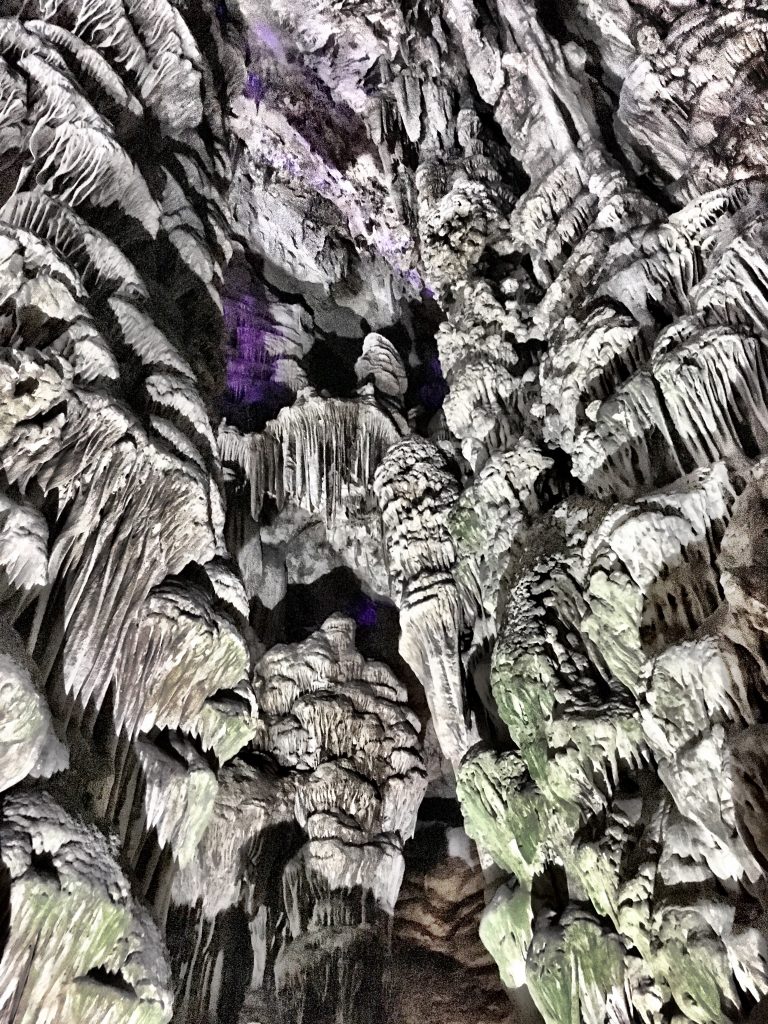
after exploring the rock, i headed back the way i had come – back across the runway, the border, bus to algericas, ferry to ceuta, border crossing to morocco, into the rented car which had survived the day, and then as far as a terrible hotel in kenitra just north of rabat that night. an excellent day!

